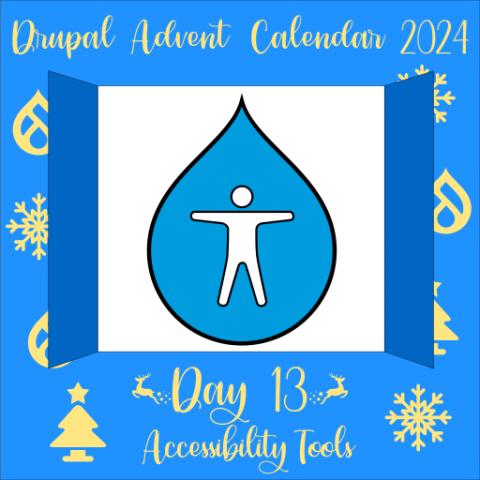I’ve been dropping a lot of hints about my journey to rid myself of Google’s Android on my Pixel 8 Pro lately, a quest which grew in scope until it covered everything from moving to GrapheneOS to dropping Gmail, from moving to open source “stock” Android application replacements to reconsidering my use of Google Photos, from dropping my dependency on Google Keep to setting up Home Assistant, and much, much more. You get the idea: this has turned into a very complex process where I evaluated my every remaining use of big tech, replacing them with alternatives where possible, leaving only a few cases where I’m sticking with what I was using. And yes, this whole process will turn into an article detailing my quest, because I think recent events have made remocing big tech from your life a lot more important than it already was. Anyway, one of the few things I couldn’t find an alternative for was Google Pay’s tap-to-pay functionality in stores. I don’t like using cash – I haven’t held paper money in my hands in like 15 years – and I’d rather keep my bank cards, credit card, and other important documents at home instead of carrying them around and losing them (or worse). As such, I had completely embraced the tap-to-pay lifestyle, with my phone and my Pixel Watch II. Sadly, Google Pay tap-to-pay NFC payments are simply not possible on GrapheneOS (or other de-Googled ROMS, for that matter), because of Google’s stringent certification requirements. Some banks do offer NFC payments through their own applications, but mine does not. I thought this is where the story ended, but as it turns out, there is actually a way to get tap-to-pay NFC payments in stores back: Garmin Pay. Garmin offers this functionality on a number of its watches, and it pretty much works wherever Google Pay or Apple Pay is accepted, too. And best of all: it works just fine on de-Googled Android ROMs. Peope have been asking me to check this out and make it part of my quest, and ever the people-pleaser, I would love to oblige. Sadly, it does require owning a supported Garmin watch, which I don’t have. To guage interest in me testing this, I’ve set up a Ko-Fi goal of €400 you can contribute to. Obviously, this is by no means a must, but if you’re interested in finding out if you can ditch big tech, but keep enjoying the convenience of tap-to-pay NFC payments – this is your chance.


